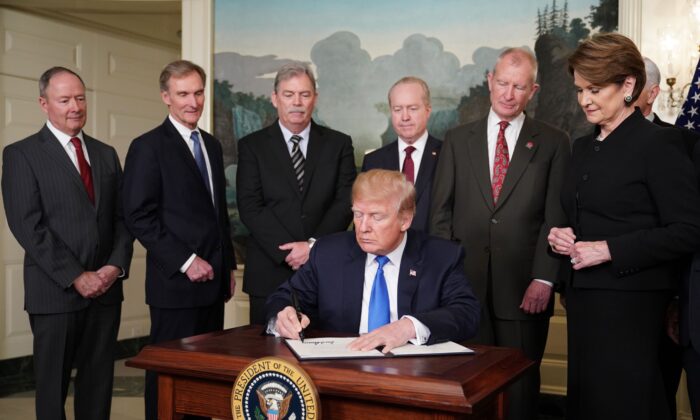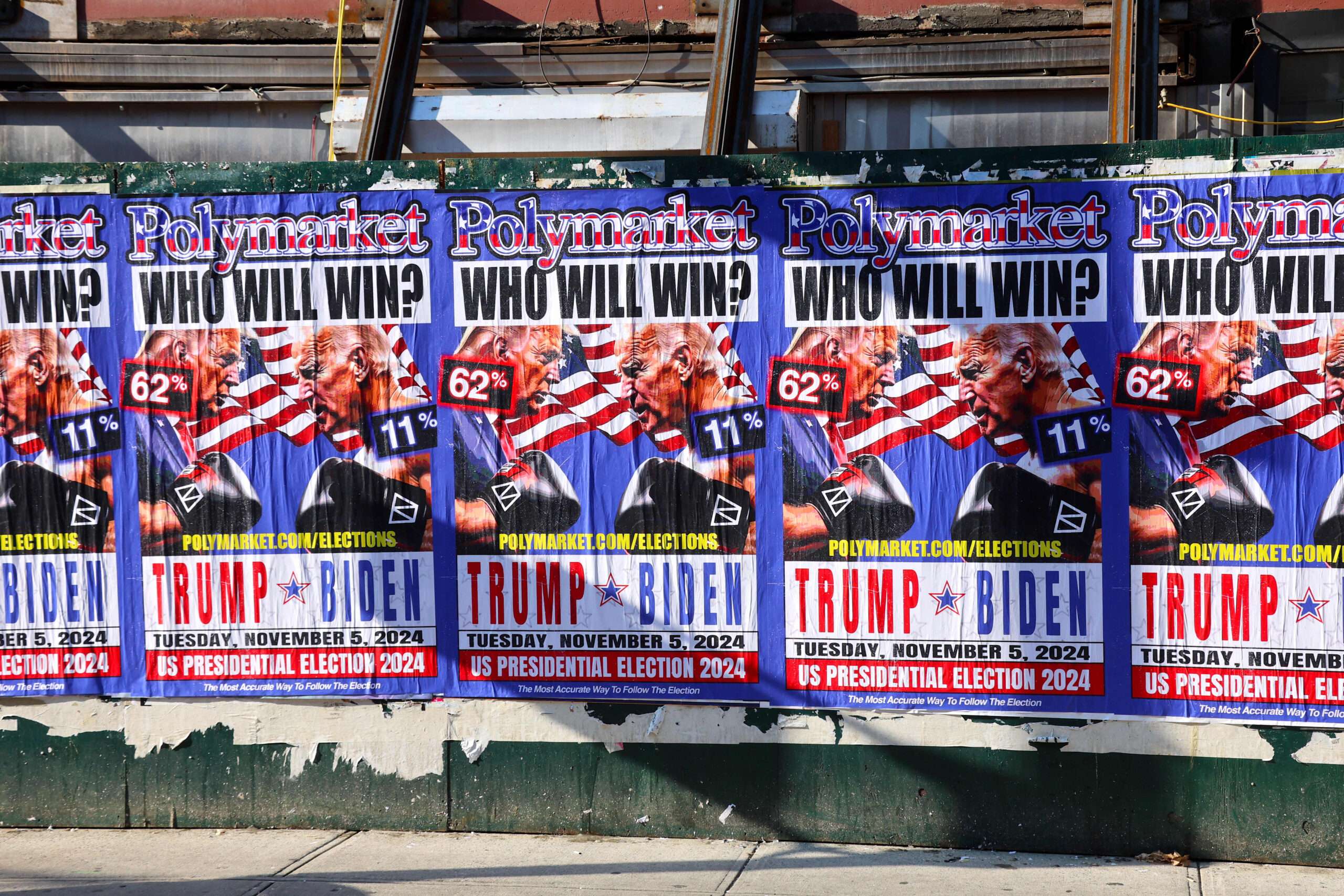Commentary
The Chinese economy is facing greater challenges than it did in 2016, and a potential second term for President Trump could exacerbate the situation.
Following reports of former President Donald Trump’s reelection victory,
stock markets surged, the
dollar strengthened, the
yuan depreciated, and the Chinese Communist Party (CCP) likely faced challenges. The trade war initiated by Trump against China in his first term slowed China’s economic growth, devalued its currency, and increased its debt. Despite this, China managed to withstand the initial impact of Trump’s policies due to its overall strong economy.
In his potential second term, Trump has promised to adopt a tougher stance on China, appointing
Robert Lighthizer—the architect of the initial China trade war—as the new U.S. Trade Representative. Lighthizer, known for his efforts in quantifying CCP’s intellectual property theft at between
$225 billion and $600 billion annually, has long advocated for the United States to
separate from China, a position
he reiterated in his 2023 book, “
No Trade Is Free.” Since leaving his previous government role, Lighthizer has been involved with the Center for American Trade at the America First Policy Institute, a think tank that advocates for
holding China responsible for unfair trade practices, intellectual property violations, and environmental transgressions.
After enduring four years of Trump’s tariffs, four years of Biden’s tariffs, prolonged COVID-19 lockdowns, and consistent “de-risking” by European and G7 nations, the Chinese economy remains under strain. Youth unemployment reached almost 19 percent in August, near the record high of 21.3 percent in 2023. The real estate sector continues to decline, with
new home prices dropping, and according to estimates from the International Monetary Fund (IMF), local government debt now stands at $8.4 trillion. By the end of 2023, the IMF estimated China’s total government debt at
$20.7 trillion, while corporate debt was around
350 trillion yuan, equivalent to $48.76 trillion. With China’s GDP standing at just
$18.2 trillion, the nation’s debt exceeds three times the size of its economy.
CCP leader Xi Jinping has initiated a significant stimulus effort focusing on the struggling property market, local government debt, and interest rate reductions. Key measures have included
lowering mortgage rates, injecting liquidity to encourage lending, and unveiling a
$1.4 trillion plan to relieve local governments of their debt burdens. While these actions have provided some relief, they have not significantly boosted consumer spending. Household spending as a percentage of GDP
remains below 40 percent, approximately
20 points lower than the global average, showcasing Xi’s ongoing struggle to transition China’s economy from export-oriented to one driven by services and consumption.
Despite his efforts, Xi has had to once again rely on
manufacturing and exports to sustain the post-COVID economy, but this strategy is proving to be ineffective. The yuan has already depreciated by
10 percent since the beginning of the trade war, limiting the CCP’s ability to further devalue the currency to boost exports.
Analysts generally agree that China’s economic difficulties are structural, stemming from an aging population, substantial debt in the real estate and local government sectors, and declining investments. With these fundamental challenges, most experts predict that China will fall short of its
5 percent growth target.
During his first term, Trump imposed tariffs of
up to 25 percent on Chinese goods. This time around, he has pledged tariffs as high as 60 percent on Chinese imports, a move that could severely impact China’s export sector. To counter such steep tariffs, China’s central bank would need to devalue the yuan by
around 18 percent, bringing the exchange rate to
8.5 yuan to the dollar—a significant blow to the currency. The Trump-Lighthizer partnership could potentially devastate China’s manufacturing sector, hampering exports and increasing unemployment.
Close to half of China’s exports are from foreign-invested companies, which may be compelled to relocate to the United States or allied nations such as India, Thailand, Indonesia, and Vietnam. This shift could further impact China’s foreign direct investment, which has already experienced a
28.1 percent decline in the first five months of the year compared to the same period in 2023. European leaders are currently deliberating, anticipating that Trump will likely urge them to
back U.S. sanctions on China, potentially accelerating the downward trend in China’s foreign direct investment.
Another factor that worked in Beijing’s favor during the initial trade war was the U.S.
COVID-19 stimulus; a significant portion of the government-issued funds ended up being used to purchase Chinese imports. However, Beijing may not have that cushion this time. Xi now faces a resurgent Trump, the original China critic, supported by a favorable Congress and an American public with a record
81 percent unfavorable view of China. Americans are now more likely to endorse a trade war, and with China’s weakened economy, a renewed trade war could deal a severe blow to Beijing.
Views expressed in this article are opinions of the author and do not necessarily reflect the views of The Epoch Times.








